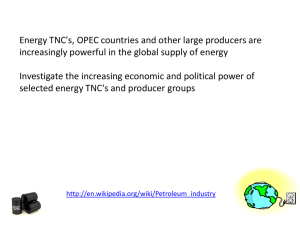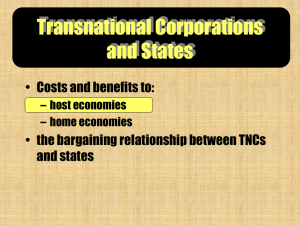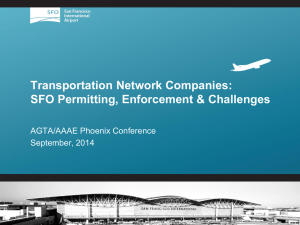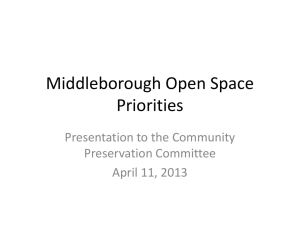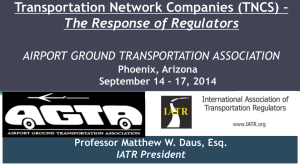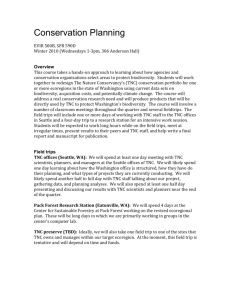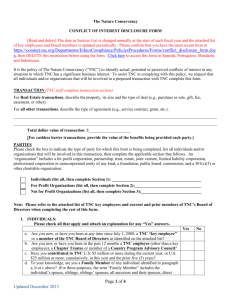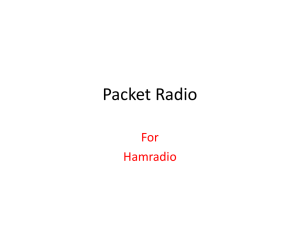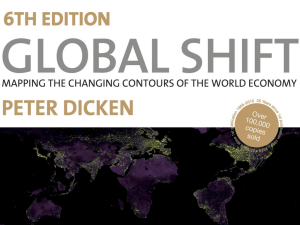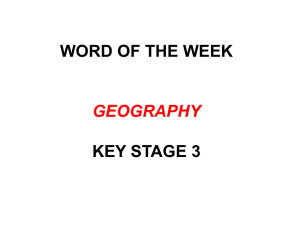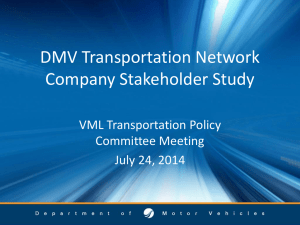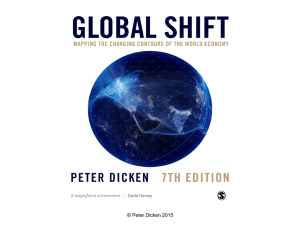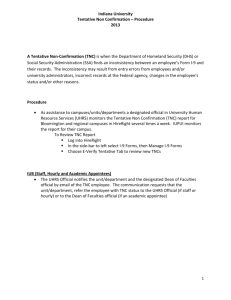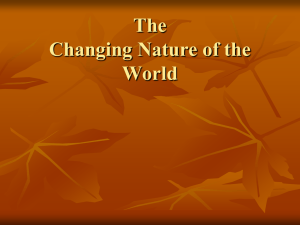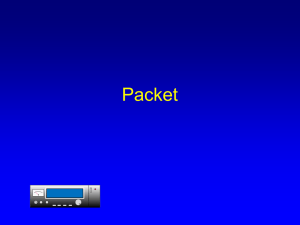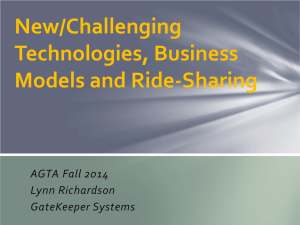File - Mr. Ronan`s Website
advertisement
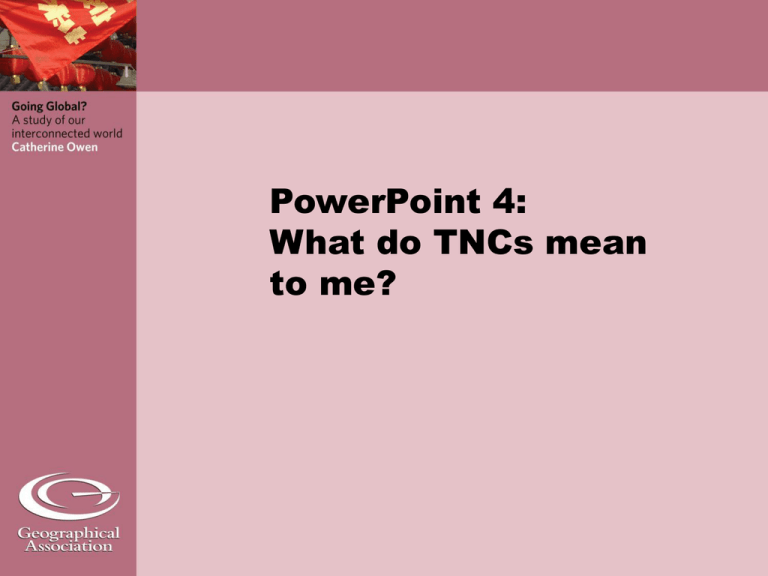
PowerPoint 4: What do TNCs mean to me? Which statements about globalisation and TNCs are true and which false? 1. Just 500 corporations account for two-thirds of international trade 2. Of the world’s 100 largest economies, 50 are TNCs 3. Global wealth doubled from US$14 trillion to US$28 trillion in 10 years. According to the World Bank, this wealth has reduced global poverty 4. The 10 largest TNCs have a total income greater than that of 100 of the world’s poorest countries 5. Unilever’s corporate sales were US$49.7 billion in 1994. In the same year, Egypt’s GDP was S$43.9 billion 6. About 40 countries are poorer today than they were 20 years ago Adapted from: www.franciscansisters.org/english/jpic/ globalization_quiz.htm and www.newint.org/issue296/facts.html Answers 1. True 2. True 3. Global wealth did double in a decade, but this didn’t reduce world poverty – ‘In a single day under globalization, poor countries lose nearly US$2 billion due to international trade, 30,000 children die from preventable diseases, and US$60 million drains from poor countries to rich ones through debt payments.’ (Source: www.franciscansisters.org./english/jpic/globalizatio n_quiz.htm.) 1. True 2. True 3. False – about 60 countries are poorer Objectives Know what transnational corporations (TNCs) are Be able to use Edward de Bono’s coloured hats to investigate an issue from different perspectives Understand that different people view TNCs in different ways What are TNCs? Transnational corporations (TNCs): business organisations whose activities take place in several nations This shop is located in Kibera, a shanty town near Nairobi, Kenya Coca-Cola is one of the best known brands in the world The Coca-Cola Company is a TNC with operations in over 200 countries Photo: Kevin Cook, GAIWG Which TNC would you like to research? You will work as a class to research one TNC Which TNC would you like to research? Why does this TNC interest you? Decide on one TNC to research as a class Your group will carry out Internet research on this TNC. You will use one of de Bono’s six – red, green, blue, white, yellow or black – hats to direct your thinking n Note which hat your group has been given on Activity sheet 3 de Bono’s six hats Each group will be given a different coloured hat Each hat is labelled with a different perspective The next six slides show which perspective your group will use to research the TNC Photo: Catherine Owen Blue hat You will focus on the organisation as a whole: Who runs the TNC? How do they run it? What’s the big picture? What about accountability? Who keeps an eye on the activities of the TNC? White hat You will focus on data: What data do you have on the TNC? If there are any gaps, how do you account for these gaps? What information is most obvious on the TNC’s website? Why might the TNC want you to know this? Is any information hard to find? Why? Yellow hat You will focus on the positive, thinking about the benefits and advantages of the TNC’s activities: What benefits does the TNC bring to its employees? What benefits does the TNC bring to its customers? How do shareholders benefit from the TNC’s activities? Black hat You will focus on the negative, thinking about the problems, drawbacks and flaws: Are any groups of people unhappy about the activities of your TNC? Why? Is there any evidence of your TNC exploiting its workers in LEDCs and NICs? Does your TNC cause problems for the environment? Red hat You will focus on the emotions: How might people respond emotionally to the TNC’s activities? How might this change from place to place? Which, if any, pressure groups have protested about the activities of the TNC? Do people in MEDCs and LEDCs have different views about the TNC? Green hat You will focus on creativity, the possibilities and new ideas: What do you think the future holds for the TNC? How do you think the TNC should change in the future? Think about any of the TNC’s activities that cause concern – are there alternatives? Research and presentation Carry out research in your group, focusing on the area allocated to you by your ‘hat’ Note the key points of your research in your row of the grid on Activity sheet 3 Share your group’s findings with the class and note the other groups’ key points on Activity sheet 3 Note what TNCs mean to you on Activity sheet 3 More questions to consider… How useful are de Bono’s coloured hats as a framework for learning? Can you think of other globalisation issues that could be investigated in this way? Photo: Bryan Ledgard Research opportunities Either find out more about de Bono’s ideas at Weblinks 8 and 9 (www.guardian.co.uk/education/ 2007/apr/24/highereducationprofile.academicexperts or http://news.bbc.co.uk/1/hi/special_report/ 1998/11/98/ e-cyclopedia/226700.stm) Or note how many TNCs you come across in one day. Think about the clothes you wear, food and drink you consume, shops you visit, leisure activities you participate in, etc. Has the growing influence of TNCs in world trade improved your quality of life or not? Do you think other people around the world would feel the same way as you?
